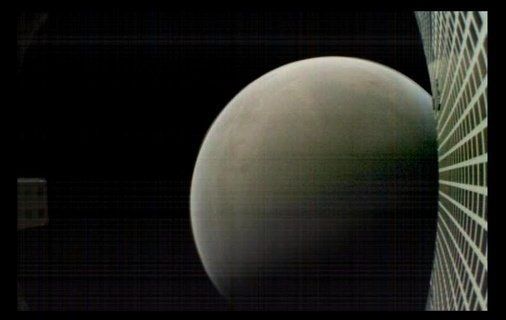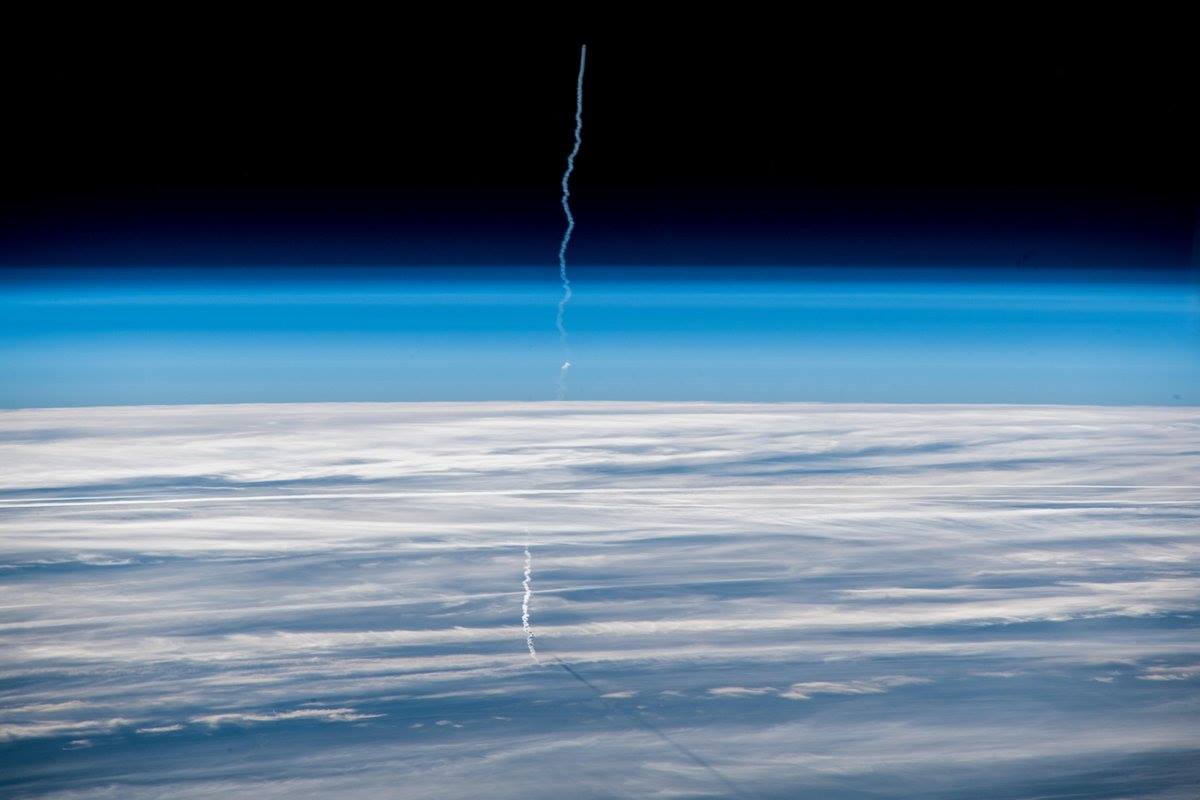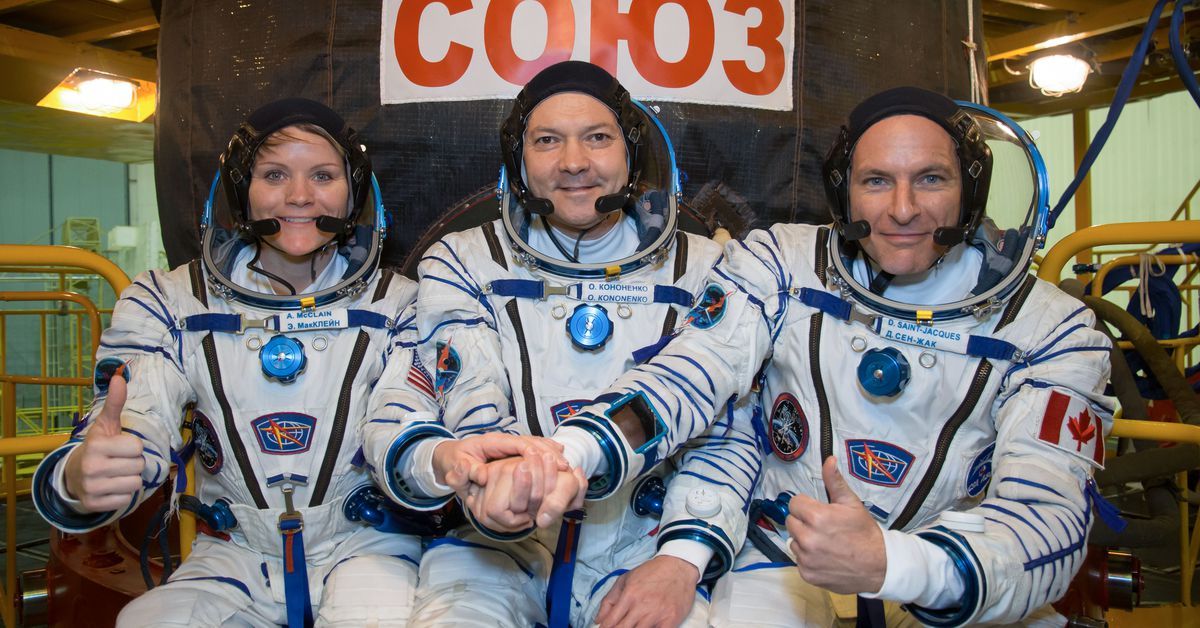Not only did NASA’s Insight probe make it down to the surface of Mars, but part of the support system for the mission took their first, and last, close up peek at the red planet. https://bit.ly/2UgwmHY&h=AT1M4EEI8SBcHDGIg7qDLpkauTEHcWZ6QCn…HKZoQvgkWA
As NASA’s InSight mission lands on Mars, its companions sail onward.
- By Caleb A. Scharf on November 26, 2018








